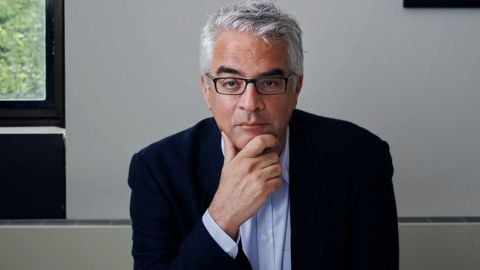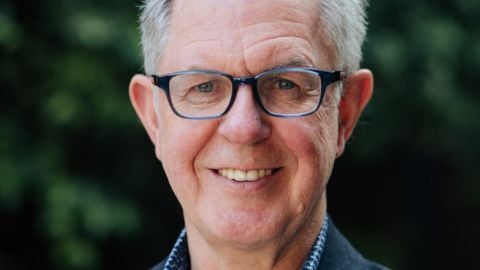Thomas Roulet discusses three “degrowth”-oriented strategies that companies can pursue to open new opportunities while benefitting the environment. Dr Thomas Roulet, University Senior Lecturer in Organisation Theory & Information Systems at Cambridge Judge Business School. Companies can apply degrowth to product design to create products with a longer lifespan or which are locally produced. An example is social enterprise Fairphone, which makes phones that can be more easily repaired in the interest of longevity. Companies can reposition themselves in the value chain by delegating some tasks to stakeholders. Toymaker LEGO has launched marketplaces for trading used products or creating new designs. Firms can create degrowth-focused standards for others in the industry to follow, the way apparel company Patagonia provides free repairs for its products and those of other manufacturers.
- Pro-business degrowth Thomas Roulet, University of Cambridge
Image courtesy of Thomas Roulet
Image courtesy of interviewee. April 7, 2020






